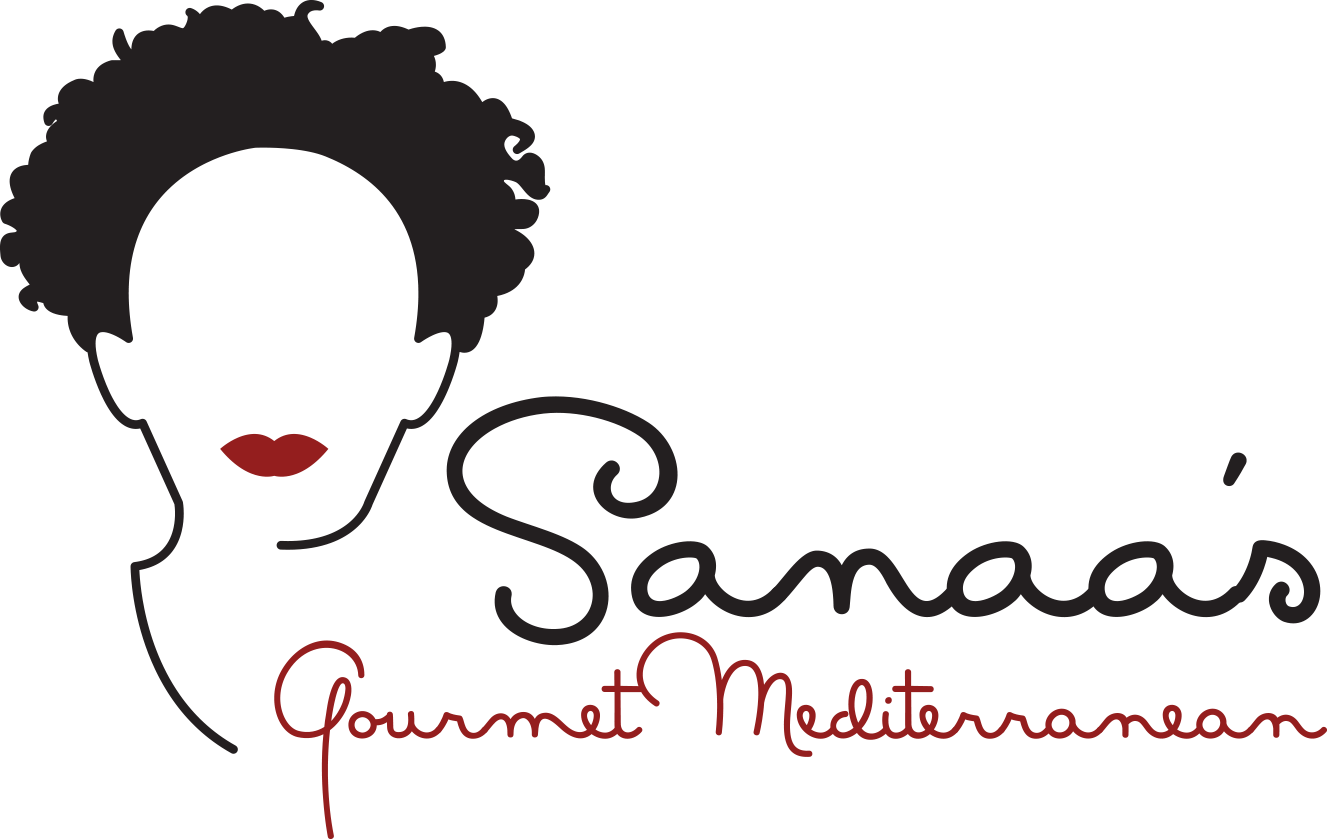Feeding an army is how food preservation came about
For those of you who are too young to remember how the military reserved meat for combat troops to eat, the word "Spam" meant not unwanted email but a form of canned meat.Spam, called "bully beef" in England, may have brought groans from those GIs who opened their military ration packages and found, among other items, a can of Spam.While Hormel Foods discovered a way to preserve meat through canning, there have long been methods of preserving food to eat when seasonal fresh food is not available. But no matter how advanced food preservation has become -from drying food in desert countries, to freezing and refrigerating in northern climates-there is nothing like cooking with fresh ingredients.When Napoleon set about to conquer Europe, he learned rather quickly that his soldiers were constantly hungry. The French newspaper Le Monde then offered a reward to anyone who could develop a cheap way to preserve food in mass quantities. It is safe to say the industry of food preservation derived from trying to feed armies of men.The Reward was won by a scientist and chef, Nicholas Francois Appert, who developed a method of vacuum sealing food in a glass jar. The bottling of wine gave him the idea. But because glass jars were too heavy for soldiers to carry in the field, the container was changed to a tin can, invented by an Englishman, Peter Durand. The opener of a tin can was not invented until 30 years later, however, so the soldiers either had to smash the tin with a rock to open it or attack it with their bayonets. Canning was expensive that only the rich could afford it.The need for a cheaper way to preserve food was resolved during World War I when companies such as Heinz, Nestle' and other found a way to can food inexpensively. The lower prices served not only soldiers in the field, but families who lived in cities.Many methods of food preservation now have been developed for our use. These include freeze drying, freezing, vacuum packing and sous-vide, or cook and freeze, a gourmet method of preservation. The food is cooked in a vacuum-sealed bag, cooled quickly and refrigerated below 37 degrees Fahrenheit. It must be kept chilled to avoid bacterial accumulation.Another method, ohmic heating, sterilizes food by passing an electric current through it. It then is cooled and sealed in sterile containers. This method is used for pasta sauce, desserts, pie filling and soup.In Europe, milk can be bought in a carton unrefrigerated from the shelf. This method is called ultrahigh temperature treatment. The food is rapidly heated to about 284 degree Fahrenheit for a few seconds, cooled in a sterile environment and placed in sterile and air-tight packaging. Milk an fruit juices can be kept without refrigeration for at least three months. There is some loss of nutrients using this method.A more controversial method is food irradiation, in which foods are bombarded with high energy gamma rays. This bombardment delays the ripening of fruit and destroys bacteria with out the sue of additives and preservatives. Irradiation has been recommended for meat when there is a fear of food poisoning.As for me, I try to cook seasonal vegetables and use my freezer for my herbs and extra trays of eggplant mosakaa and lasagna for days that I don't feel like cooking.
